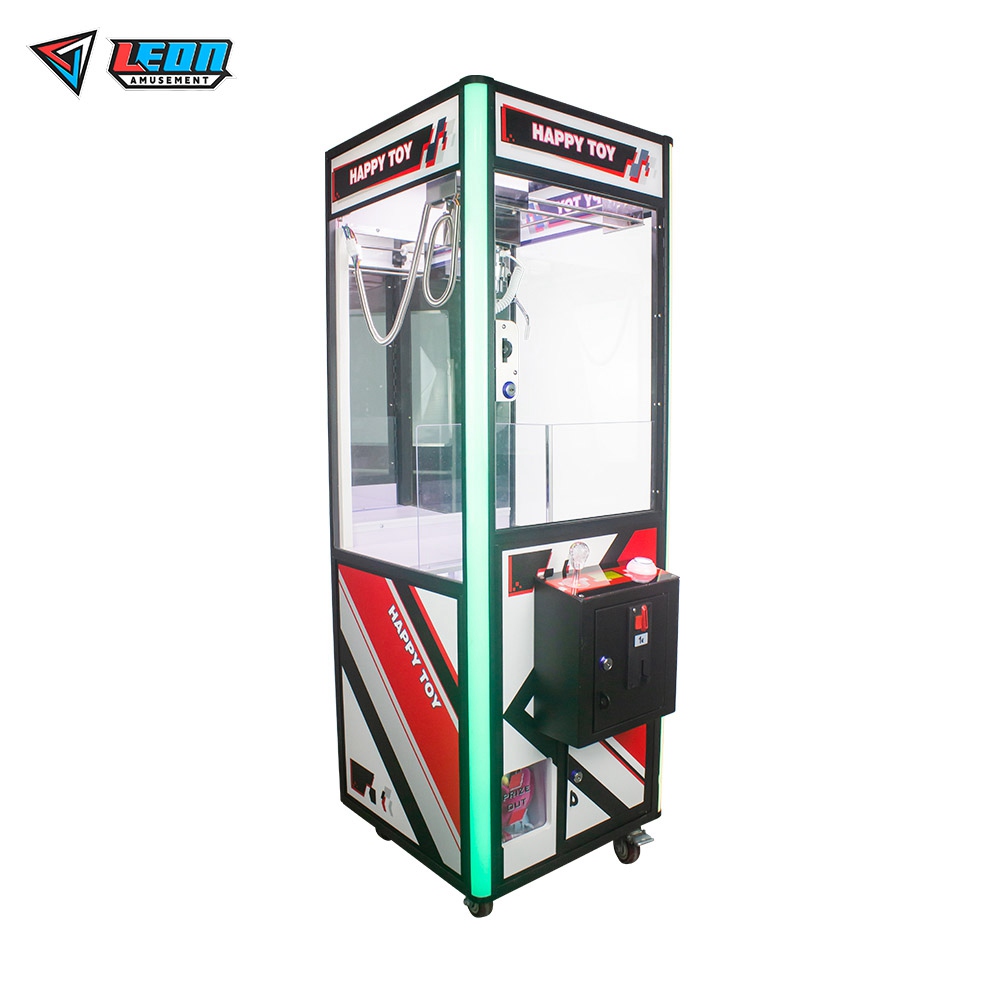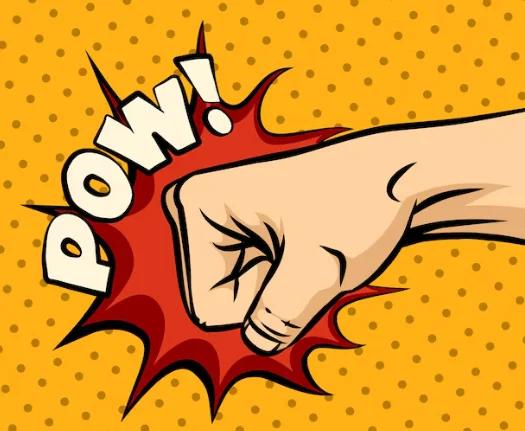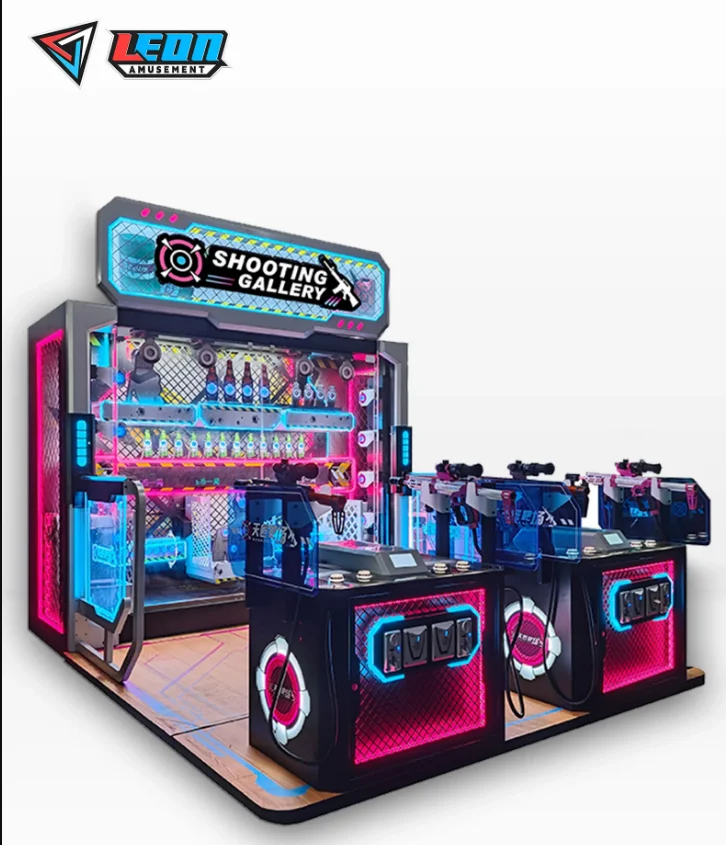In shopping malls and other high-traffic areas, each claw machine can generate 300-800 RMB per day, reaching 9,000-24,000 RMB per month. Young adults aged 18-35 are the main customers, spending up to 10 RMB per attempt. High-end claw machines cost between 15,000-20,000 RMB, with an annual failure rate of less than 5% and a lifespan of 5-7 years. Operating costs include 36-90 RMB for electricity per month, 500-1,500 RMB for toy refills, and 5,000-15,000 RMB for venue rent. Legal requirements include registering a business license and obtaining an entertainment operation permit, costing 500-2,000 RMB. Choosing brands that offer 24/7 technical support can reduce downtime and increase profits.
Table of Contents
ToggleTarget Market and Location Selection
Choosing the right market is very important. According to statistics, in shopping malls or other places with high foot traffic, each claw machine can typically generate 300-800 RMB per day. This translates to approximately 9,000 to 24,000 RMB per month. Based on an average daily income of 550 RMB, multiplied by the days in a month, the annual revenue can reach around $16,500. Claw machines should have a stable business case and maintain an average daily expenditure of 150-300 RMB, which can be considered medium-traffic locations such as restaurants or convenience stores. From this level, claw machines can achieve monthly revenues of 4K to 9K dollars. Low-traffic community shops or small stores typically generate daily incomes ranging from 50 to 150 RMB, with monthly revenues between 1.5K and 4.5K RMB.
Young adults aged 18 to 35 are the main customers of claw machines, with about one-third (or more) spending nearly or sometimes exceeding 10 RMB per attempt. Assuming 100 users per day, the daily income would be about 1,240 RMB. Choose places that attract young singles or families (such as theaters, amusement parks) to maximize profits.

Machine Quality and Brand Reputation
The quality of the claw machine also determines whether you can win a toy. High-end claw machine brands usually cost between 15,000 and 20,000 RMB, while low-end ones range from 3,000 to 10,000 RMB. High-end machines have an annual failure rate of less than 5%, while some low-end machines may have a failure rate of 15% or higher. High-quality machines may require one or two repairs per year, whereas low-quality machines may need three to five repairs. For different machine brands, annual maintenance costs range from several hundred to several thousand RMB.
Lifespan is also crucial. Based on a price of 15,000 RMB, high-end claw machines have a lifespan of about 5-7 years, with annual depreciation costs between 2,142 and 3,000 dollars. Low-end machines usually have a lifespan of 2-3 years, with annual depreciation costs ranging from 1,000 to 5,000 RMB. High-end brands of claw machines generally allow operators to earn 15% to 20% more income monthly than low-end hardware, so choosing a reputable brand can result in higher long-term revenues.
Costs and Return on Investment
When purchasing a claw machine, consider not only the initial cost but also the ongoing operational costs. For a 15,000 RMB level claw machine, monthly operational costs include electricity, ongoing capacity, and venue rent. The daily electricity consumption of a claw machine is 2-5 kWh, with a monthly electricity cost of 36-90 RMB (calculated at a rate of 0.6 RMB/kWh); toy refill costs can vary between 500 and 1,500 RMB per month. Assuming two toy refills per month, each costing 500 RMB, you would spend an additional 1,000 RMB monthly. Another major cost is venue rent, which ranges from 5,000 to 15,000 RMB per month for a simple space in a shopping mall (2 sq.m.). Summary of monthly operating costs for a claw machine: total cost of operating 1-3 machines per month in China.
In terms of revenue, if the daily income is 500 RMB, the monthly income would be around 15,000 RMB. After deducting the above operational costs, the net profit would be approximately 2,410 to 9,464 RMB. Compared to an initial investment of 15,000 RMB (without considering other slowing factors), the payback period is about 2 to less than six months. By optimizing the location and identifying the right market, the payback period can be reduced by approximately 10% to 20%.

Legal and Regulatory Requirements
In China, claw machines must be legally registered businesses, which means they need a business license and an entertainment operation permit. These permits generally cost between 500 and 2,000 RMB each. If you do not comply with the regulations, you may face fines ranging from 1,000 to 10,000 RMB. When using national electrical equipment safety standards, the CSMA claw machine should also be able to maintain normal operation during voltage fluctuations and humidity changes. If the machine is non-compliant, besides potential legal issues, you may need to spend 3,000 to 10,000 RMB on rectification, increasing operational costs. Therefore, when purchasing and operating claw machines, it is essential to choose machines that meet national standards and obtain the required permits accordingly.
Machine Maintenance and Customer Support
Market data indicates that the national annual failure rate for claw machines averages 8%, with repair costs ranging between 200 and 1,000 RMB. If three repairs are required per year, maintenance costs may range from 600 to 3,000 RMB. Especially find brands that offer 24/7 technical support. These brands usually have a success rate of over 90% for resolving issues within 48 hours. Working with these suppliers can reduce downtime by more than 50% while also experiencing fewer revenue losses from machine outages. However, each downtime event can result in daily income losses of 500 to 1,000 RMB (due to natural attrition of customers), so reducing and minimizing downtime from poor backend performance directly helps increase monthly earnings and optimize ROI.




